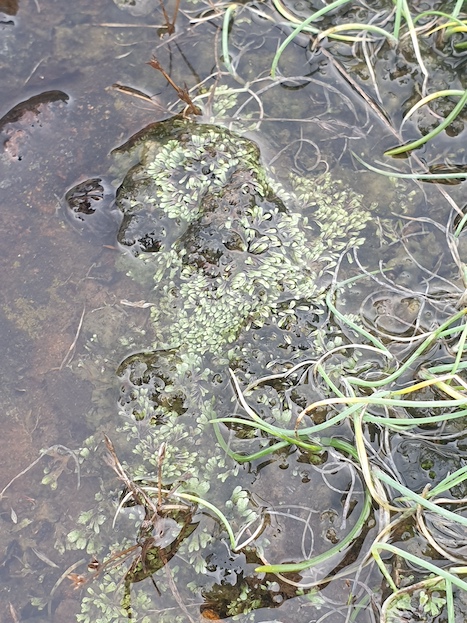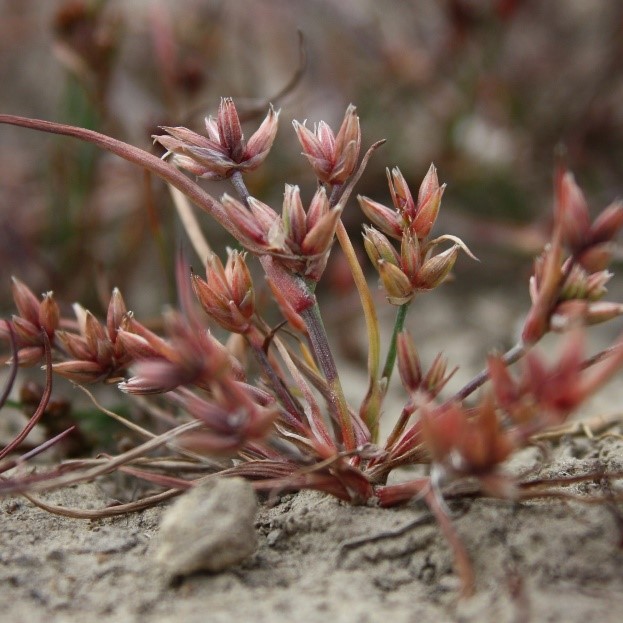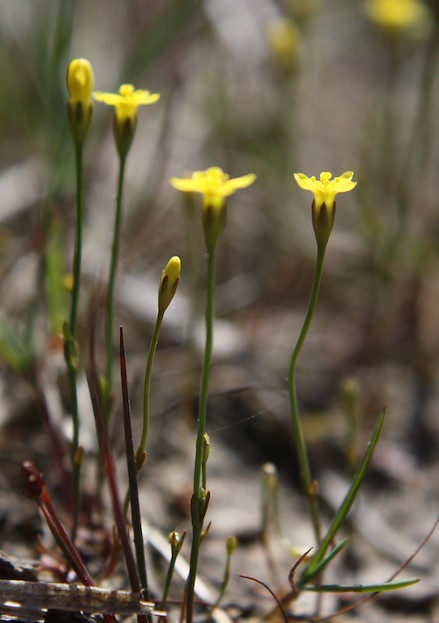
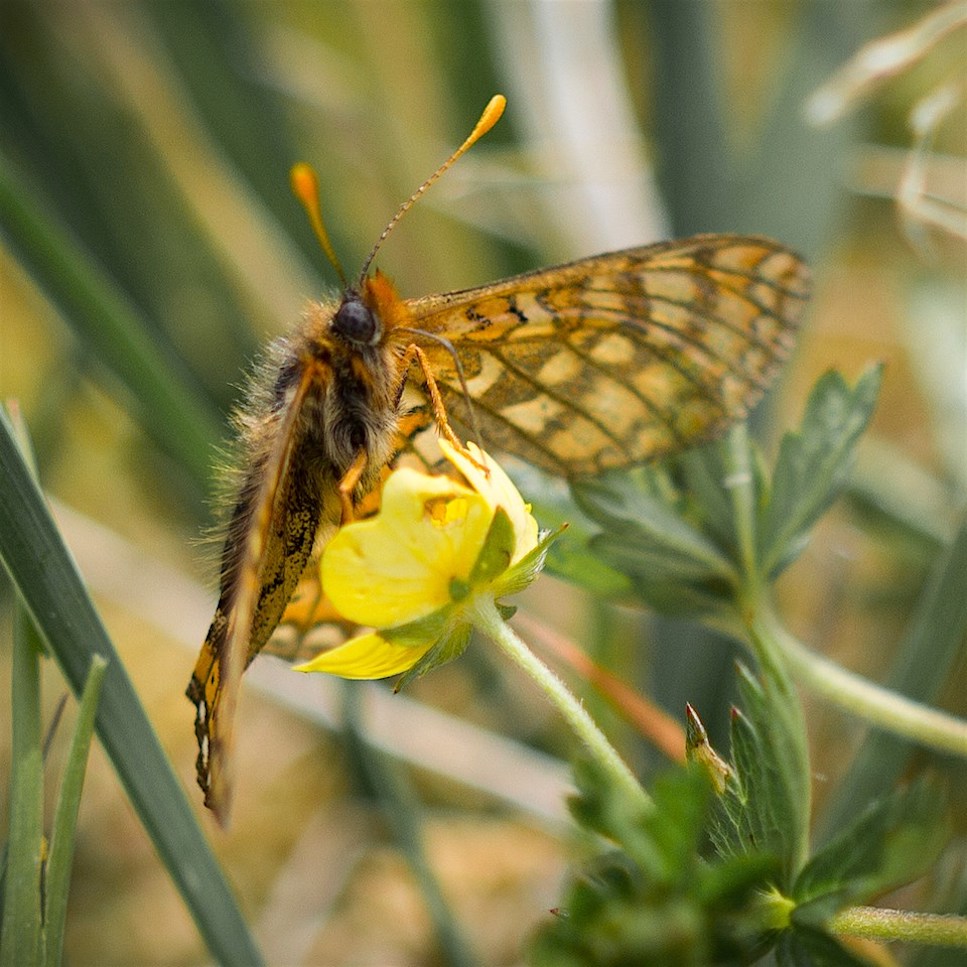
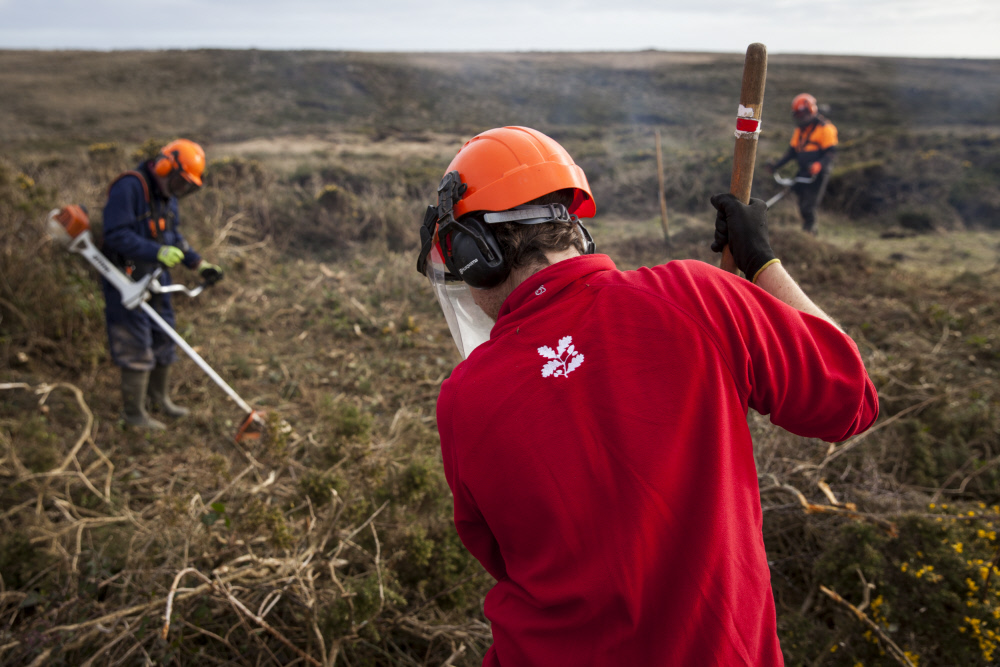
Over the winter period, The Lizard National Nature Reserve (NNR) Natural England and the National Trust teams, along with various contractors, will be undertaking habitat management work within The Lizard NNR. This work aims to restore the heathland and coastal grassland to their former glory at a landscape scale, to enable the important habitats and species for which The Lizard is well-known to flourish, ensuring their long-term survival.
These works will include:
Vegetation clearance – mainly blackthorn, gorse and ivy which encroach on the rock outcrops and dominate the river valleys, shading out other species such as Serpentine Solenopsora, a lichen only found on The Lizard. This also includes removal of non-native invasive species such as Hottentot-fig and Purple Dewplant, which out-compete the rare and native Wild Asparagus.
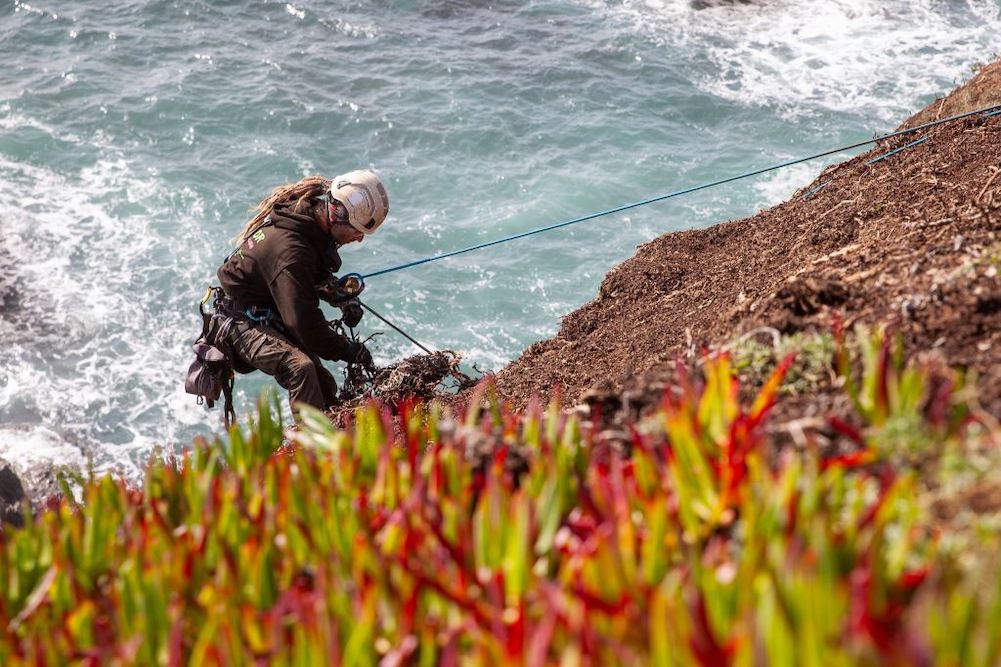
Light controlled burns of heathland areas to restore the mix of heathland, grassland, bare ground and rock outcrops. This will increase the diversity of plants, lichens and liverworts, supporting other species such as the Grayling and Marsh Fritillary butterflies. The burning of these areas will be followed by increased cattle and pony grazing.
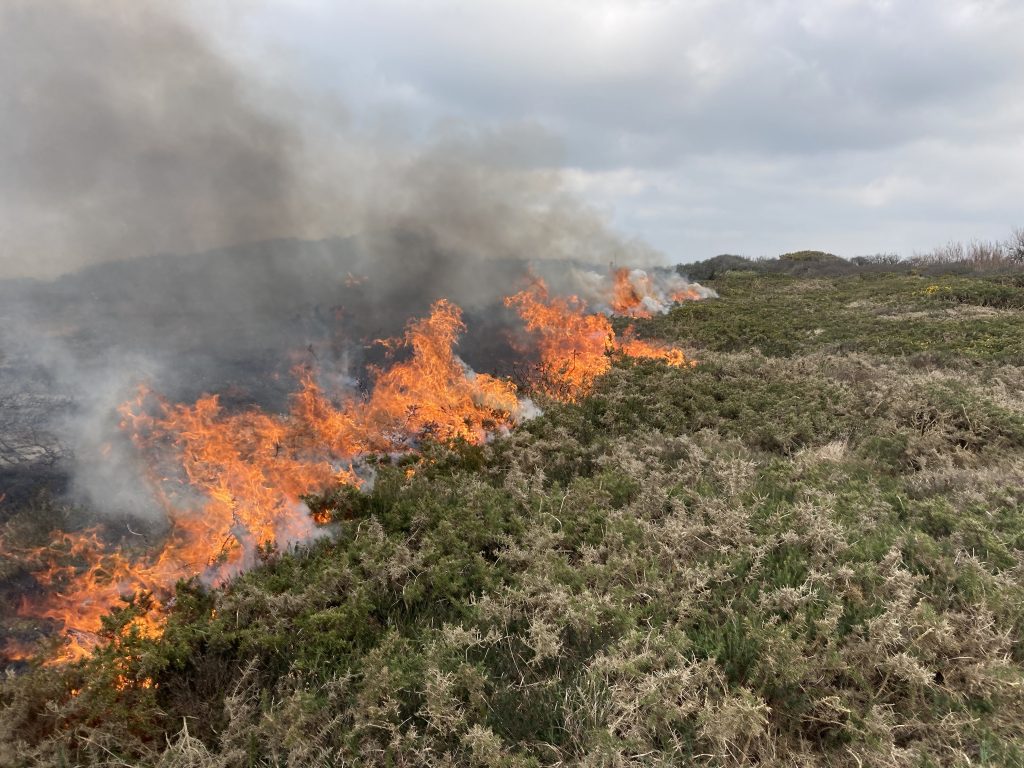
Restoration and creation of trackways – these are ancient trackways that criss-cross many areas of heathland and support Mediterranean temporary ponds, which in Britain are only found on The Lizard. These ponds support a number of rare plants including Pigmy Rush, Pillwort, Three-lobed Crowfoot and Yellow Centaury.
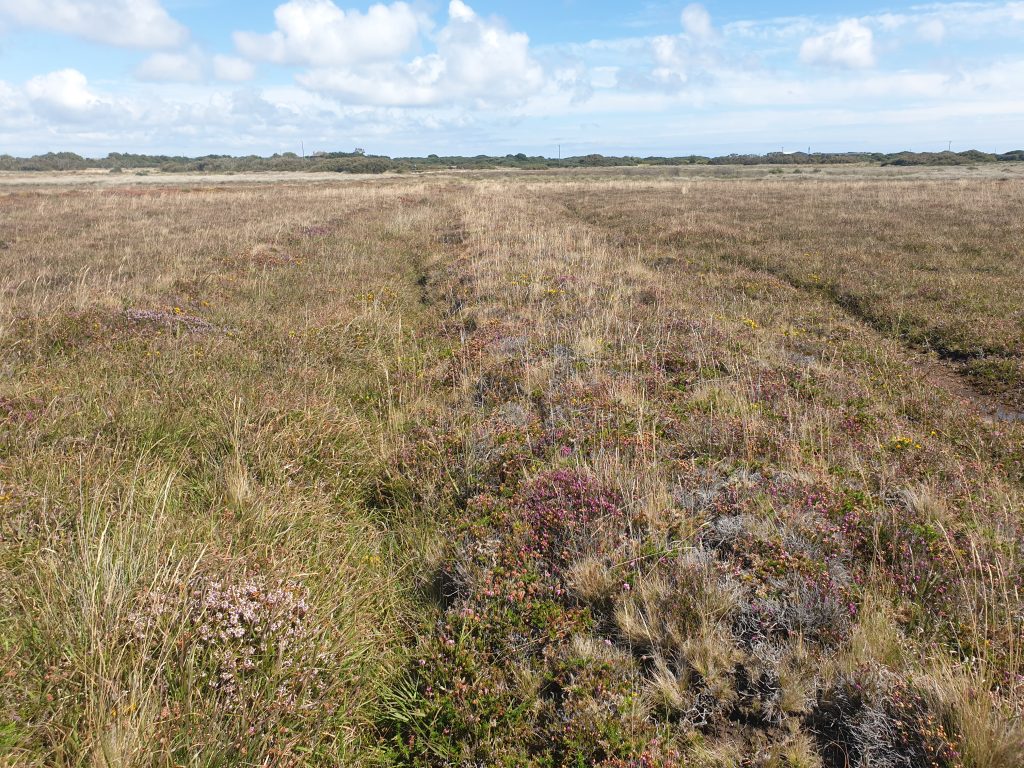
Restoration and creation of pools, many of which have become overgrown and no longer have open water.
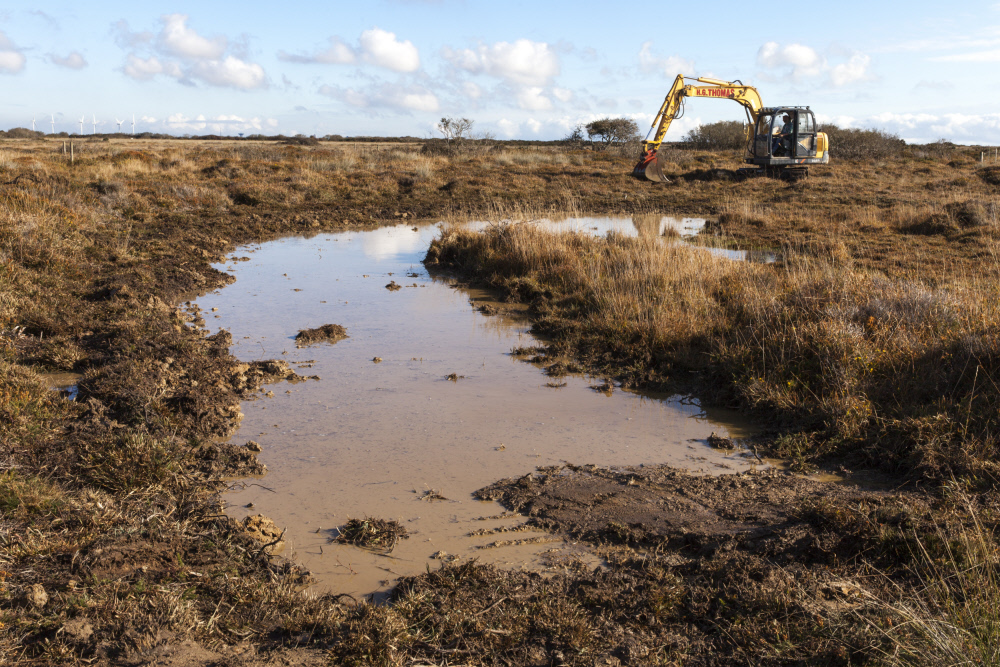
Creating gaps (pinch points) in hedgebanks, allowing cattle and ponies to move across the heathland. Where cattle gather at these gaps, they poach the ground, encouraging the collection of water during the winter period, which in turn supports rare species such as Three-lobed Crowfoot.
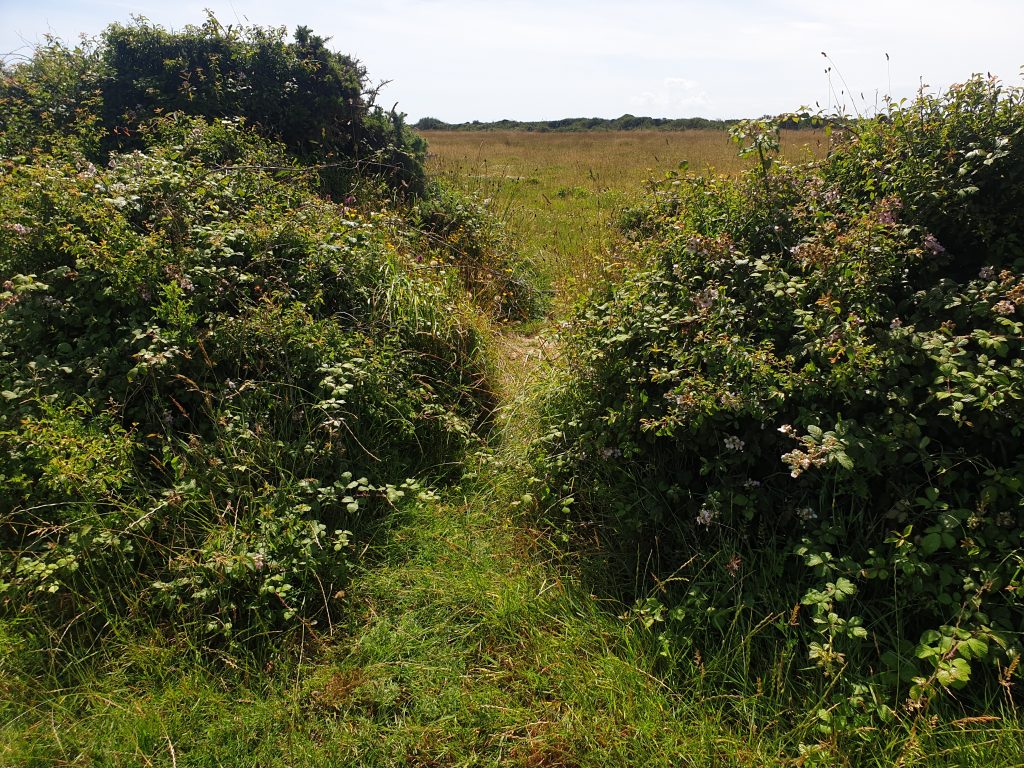
These management works are being undertaken during the winter period to minimise disturbance and injury to species, when many are in hibernation or are dormant, and avoids the main bird nesting season.
The works being undertaken by Natural England on Lizard Downs and Gew Graze (West Lizard) are being funded through the Natural England Species Recovery Programme (SRP). The Natural England Lizard NNR team were successful in securing £216k of SRP funding to support the recovery of a suite of rare species on the peninsula, focusing on West Lizard. See Back to the Future: Restoring threatened metapopulations on The Lizard for further details concerning this project.
The National Trust’s Lizard Rarities project was also successful in securing £351k from the SRP’s new Capital Grant Scheme to tackle the recovery of our most threatened species, working collaboratively to drive nature recovery. See Funding received for the National Trust’s Lizard Rarities Project for more details.
We will be monitoring these works closely, surveying the areas in subsequent years to find out how quickly species respond to the various habitat management techniques and to ensure we are undertaking the most appropriate management to ensure the diversity of habitats and species and their long-term survival, particularly those species for which The Lizard is known and for which it holds important populations.
